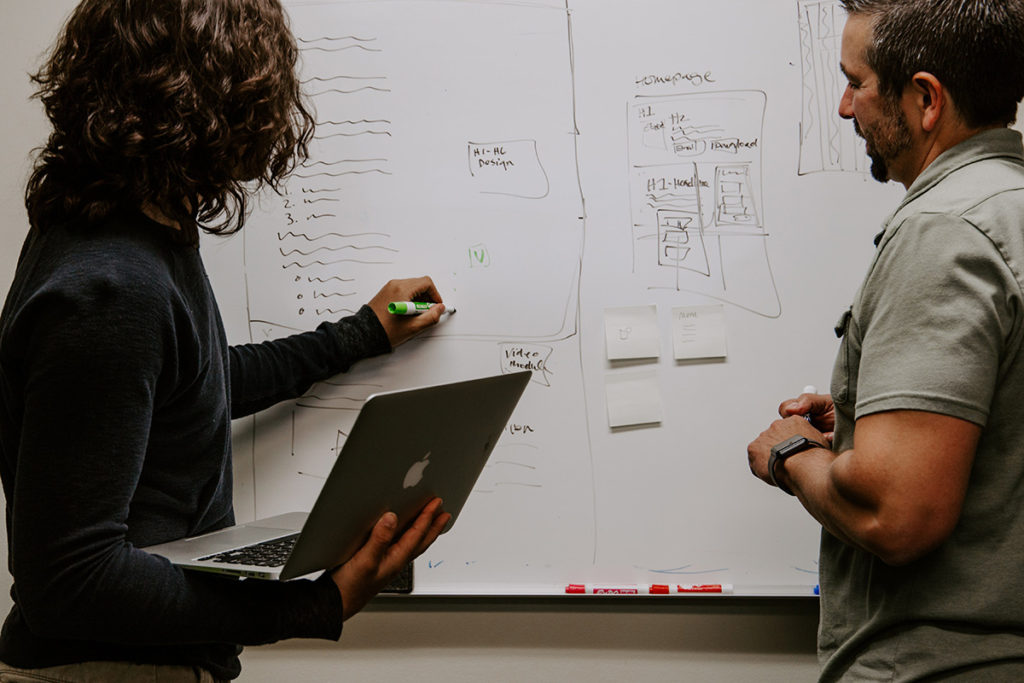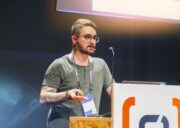
One of the most important and frequent things that a company has to do, from a large Fortune 500 to a newly-created startup, is solving problems. It’s an intrinsic ability that also will shape the success of the company: successful companies solve problems that customers have. And the problem hacking model is one of the greatest solutions.
But this process is far from being straight forward. At Codemotion Rome 2019, Yonatan Levy, an experienced tech product management leader, author and speaker, describes a new way of thinking to hack problems, solving them in a way that is quicker, more effective and enjoyable.
Problem Solving starts with Brainstorming
Yonatan starts his talk by stating this and also describes how this process often starts: with a meeting. Several people, from the CEO to the product manager, designers and more gather in a room and discuss how to solve the problem. They share ideas and possibilities: they brainstorm.

Yonatan highlights this process, noticing that in theory brainstorming is wonderful: a continuous stream of ideas flows from everyone, shaping a final solution that will benefit from everybody’s mind. In theory. In practice, brainstorm rarely works, Yonatan says.
He describes the usual process: starting from a problem, people propose solutions, often close to their field. The designer could propose a new design for a webpage, the CTO could propose a new technology, the CMO could argue that the problem is the communication of the product.
These solutions create new problems and the process repeats and iterates, until new solutions and problems emerge like a self-replicating molecular system, spreading and going further away from the original problem.
And, in the end, so many ideas should be explored in a rush in the last minutes of the meeting (you don’t want to leave the meeting without a solution, right?) and so the worst enemy of progress emerges, as Yonatan states: compromise.
Problem Hacking Model: how to avoid compromises
A compromise solution is chosen, something that takes a bit from everyone’s proposal but that, in the end, is not useful for anything in particular. And so the brainstorming process becomes tedious, long and, most importantly, fundamentally useless.
“I would spend 55 minutes defining the problem and five minutes solving it”
Yonatan proposes a change in paradigm: we should focus not only on solving problems but on solving *solving problems*. Meta-solving problems. It’s the problem hacking model, to view problems differently.
He tells stories from his long experience working for companies and helping them innovate their products and shares some insights collected from other people in the tech industry.
The first fundamental concept is that the solution is in the problem. It’s included in the problem definition. Yonatan explains that finding solutions should be easy and straightforward given a problem.
So why can’t brainstorming find good solutions? Because the problem is not well understood. He proposes a quote attributed sometimes to Albert Einstein: “I would spend 55 minutes defining the problem and five minutes solving it”.
Hence, the first step that a team should do is analysing the problem to understand it well, using data. The problem should be described in terms of more simple symptoms, on which everyone in the room can agree.

A problem is then described with its “atomic” symptoms, that can be directly tackled. Now the brainstorming session is much more focused, since finding symptoms from data is much more objective and everyone can then decide which one is the most important one to tackle.
At that point, finding a solution for a symptom is simple: the solution lies in the problem itself, and it doesn’t generate a plethora of other not needed complex solutions.
These new solutions, he explains, become the foundation of the product: they describe exactly what the company needs to do. They become goals that can be achieved with a focused vision, instead of wondering what’s wrong.
He formalises this approach with what he calls a Problem Hacking Model. The paradigm is composed of three steps: Observe, Diagnose, Define. The observation phase includes understanding the existence of some problems. “How do we know?” is the phrase that Yonatan uses. Shaping the mindset around this question brings a more data-centric approach to problem tackling.
Problem Hacking: from problems to solutions
After finding a problem in a product, the team can then diagnose. The brainstorming session can bring up a series of evident symptoms, causing directly the problem. These symptoms should be simple and agreeable.
At that point, the team can define which is the most important step to tackle the biggest symptom, the one that is slowing down the growth of the product. Defining these steps for each problem will create a plan that can be directly actuated.
This way of thinking is becoming increasingly popular in the startup community. Elon Musk is known for shaping his way of thinking around what he calls “first principles”. Like in physics, everything can be built up from basic, simple rules.
Books like Lean Startup, Design Sprint and Hacking Growth all agree on a similar data-centric way of analysing problems, finding atomic causes and deciding on how to act, then test the results and iterate.
In this way teams are faster and more effective, decisions are based mostly on data and widely agreeable symptoms and, in a short time, an MVP can be built to prove the value of the company, grow the user base and attract investors, or existing products can be enhanced.




